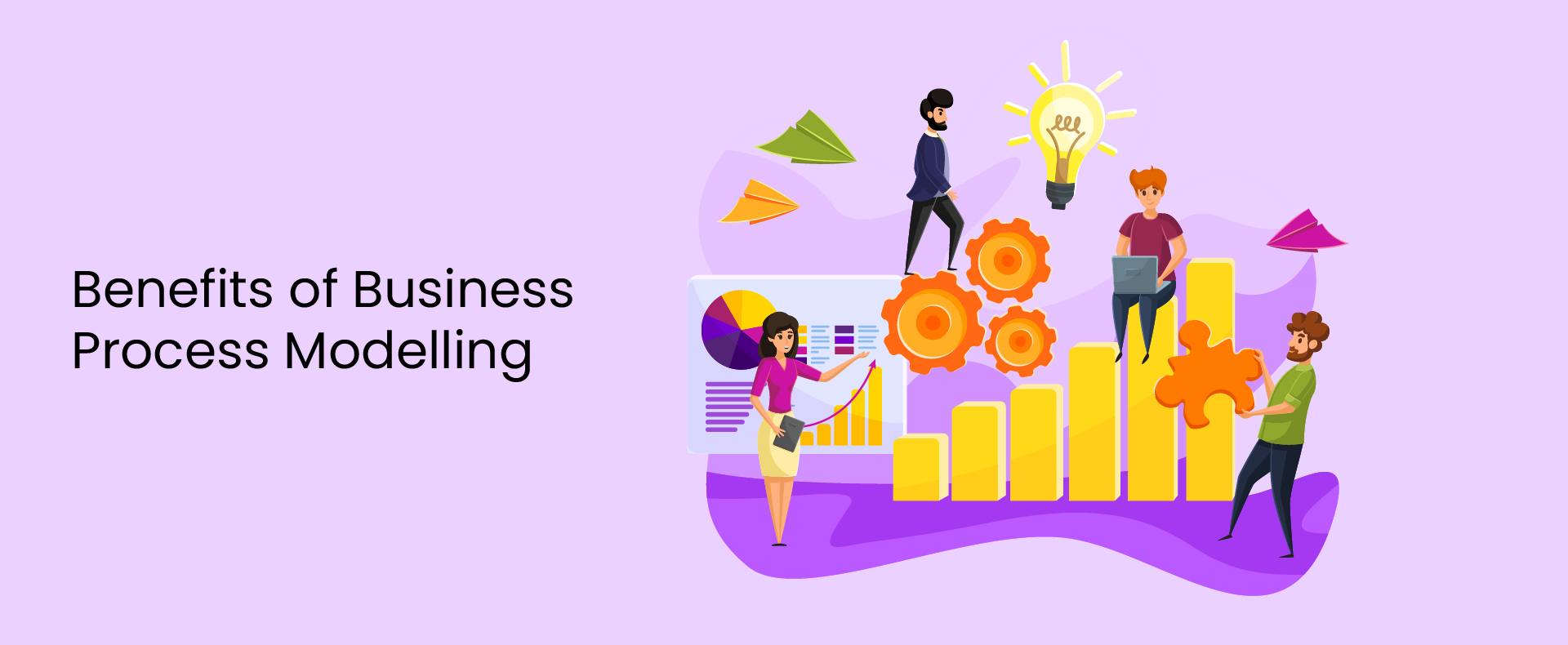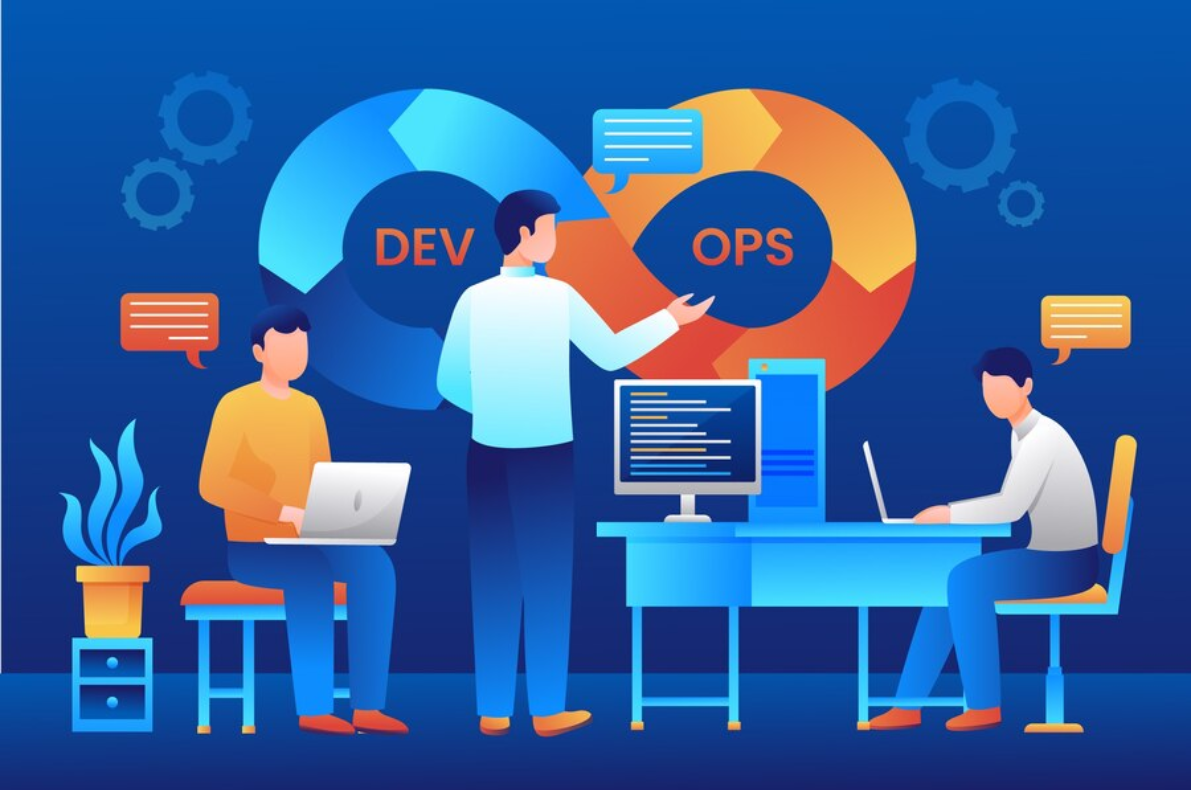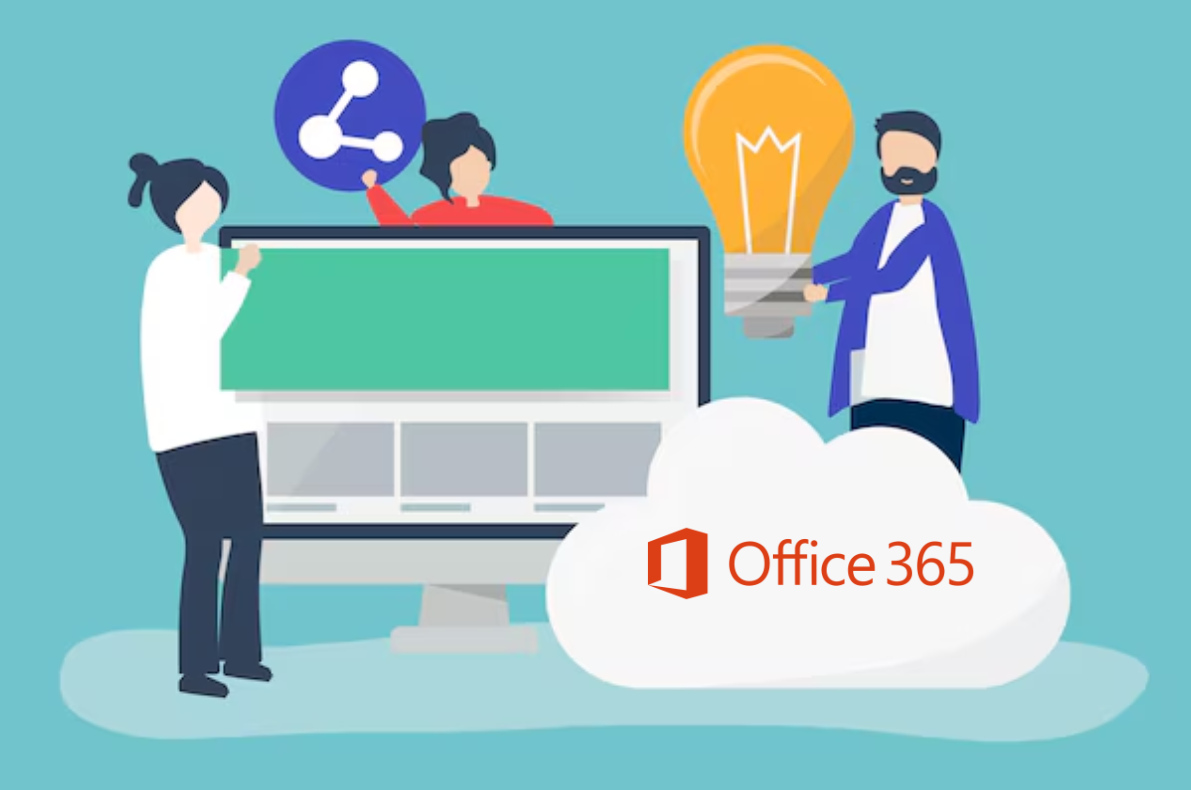The act of creating visual representations of the workflows, systems, and procedures that drive an organization’s operations is called business process modelling. The process involves mapping and figuring out the steps, decisions, roles and rules that are involved in executing a particular business process. It is the process to gain a clear understanding of how work gets done, identify inefficiencies, and explore opportunities for optimization.
Business owners are more concerned about the benefits if they are opting to practice any new process. And business process modelling comes with numerous benefits. The list of benefits includes improved transparency, better cross functional coordination, and the ability to analyze and streamline operations for greater efficiency. It’s something like the blueprint for implementing project management software, project management tools, task management software, and other solutions to automated and enhance processes.
Effective process modeling lays the groundwork for successful digital transformation initiatives. Some examples of processes that can be modeled include customer onboarding, order fulfillment, procurement, IT incident management, and more. Organizations across industries leverage best project management software and project tracking software solutions to execute modeled processes consistently and track performance.
Definition of Business Process Modelling
To define BPM we can say it is the process of creating a visual representation or illustration of any business process. The process involves analyzing and documenting the various steps, activities and the flow in information within a process to understand how it currently operates. Also the process helps in the identification of opportunities for improvement.
Now let’s learn more about the objectives of business process modelling. The primary objective is to gain a comprehensive understanding of an organization’s processes, enabling easy project management and process optimization. With the help of there models, organizations can streamline their operations, reduce inefficiencies, and enhance overall productivity.
Business Process Modelling is one of the most important components of effective project management software. These projects management software and task management software provide features for process modelling, project tracking software for managing and optimizing business processes.
Benefits of Business Process Modelling

Business process modeling offers a powerful set of advantages for organizations of all sizes. Here's a breakdown of key benefits, highlighting the value it brings compared to project management tools:
- Align Operations with Business Strategy
- Improve Process Communication
- Increase Control and Consistency
- Improve Operational Efficiencies
- Gain Competitive Advantage
The process bridges the gap between strategic planning and daily operations. Project management software can be powerful for individual projects, but BPM ensures your entire workflow aligns with your overall business goals.
Business process modelling creates a shared understanding of tasks and roles within a project, fostering better communication and collaboration. This clarity complements project tracking software, which provides real-time updates on progress.
Business process modelling formalizes existing processes, eliminating guesswork and ensuring consistency. The increase in control and consistency improves the structured approach of project management tools, promoting adherence to company guidelines and regulations.
Business process modelling helps identify bottlenecks and areas for improvement. Process simulations allow you to optimize workflows before implementation, minimizing disruptions. While task management software helps with individual tasks, BPM focuses on optimizing the entire process flow for better resource utilization and faster cycle times.
Opting for business process modelling or project management software can gain a significant profit to the business runners. By aligning operations, improving agility, and achieving high efficiency, businesses are better positioned to outperform competitors. A well-trained workforce empowered by clear processes is a recipe for success.
Examples of Business Process Modelling
Considering BPM just a fancy term isn’t right, it is more powerful tool that can help the business owners to transform how their organization operates. With a clear visuals and representation of workflows, BPM provides a clear understanding of how tasks are getting completed, by whom and in what order. Following this transparency businesses are able to identify bottlenecks, streamline processes, and ultimately achieve better business goals.
Let's delve into some real-world examples of BPM in action:
- Project Delivery: Imagine a construction company using BPM to map out the entire building process, from initial design to final handover. The model would detail tasks like material procurement, contractor scheduling, and quality control inspections. This allows for better communication between departments, pinpoints potential delays, and ensures a smooth project flow. Here, project management software or project tracking software can be seamlessly integrated with the BPM to manage tasks, resources, and deadlines effectively.
- Customer Onboarding: Onboarding new customers can be a complex process with various steps. A retail store might use BPM to model the customer journey, including account creation, credit checks, product recommendations, and loyalty program enrolment. This helps identify areas for improvement, such as streamlining paperwork or automating certain tasks. BPM can also be used to develop training materials for staff involved in the onboarding process.
- Product Development: New product development is often a multi-stage process involving design, prototyping, testing, and manufacturing. The complete product lifecycle can be visualized with BPM, emphasizing decision points, approval stages, and potential obstacles. This enhances communication between engineers and design teams and makes it possible to integrate project management tools more effectively, which guarantees that resources are allocated effectively, and tasks are completed on schedule.
These are just a few examples of how BPM can be applied across different industries. By providing a clear roadmap for business processes, BPM empowers organizations to make informed decisions, improve communication, and ultimately achieve their strategic goals. Whether you're looking for the best project management software or simply effective task management software, BPM can be a powerful tool to integrate and optimize your workflows.
FAQ’s
- What is the BPM Lifecycle?
- What are the three types of BPM?
- Customer-centric BPM focuses on streamlining interactions with customers, such as order processing or complaint resolution.
- Document-centric BPM focuses on managing and automating processes that involve documents, such as loan applications or insurance claims.
- Integration-centric BPM focuses on integrating different systems and applications to automate workflows, such as connecting a CRM system to an ERP system.
- What are the 5 steps of BPM?
- Design: Identify the business process and model it visually using flowcharts or diagrams.
- Implement: Develop and deploy the process using technology, such as workflow automation software.
- Execute: Run the process and gather data on its performance.
- Monitor: Track and analyze process performance metrics to identify bottlenecks and areas for improvement.
- Optimize: Continuously improve the process based on data insights, such as by automating tasks or redesigning workflows.
The BPM lifecycle refers to the ongoing process of designing, implementing, executing, monitoring, and optimizing business processes. It's a continuous cycle that ensures business processes are constantly improved for efficiency and effectiveness.
There are three main types of BPM:
The 5 steps of BPM are:



Your email address will not be published. Required fields are marked*